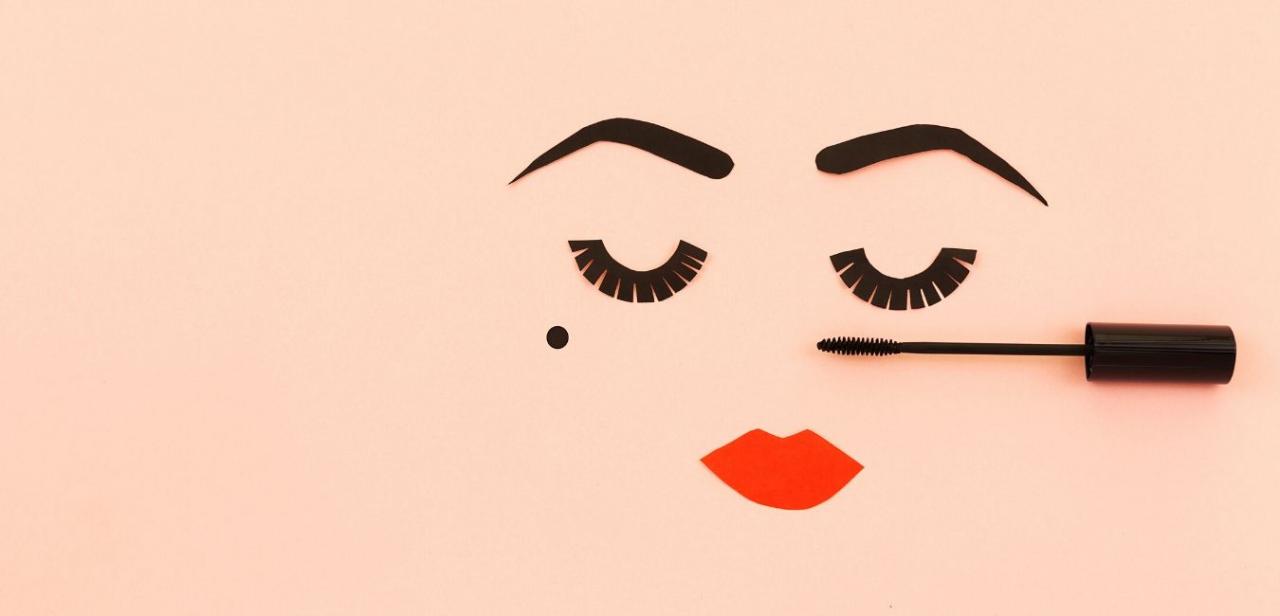Bipolar disorder is a complex mental disorder that impairs a person’s ability to control mood, energy and activity levels, as well as everyday functioning abilities, according to the National Institute of Mental Health website.
This mental illness affects about 2.6 percent of the U.S. adult population, according to statistics from the National Institute of Mental Health’s website. This statistic refers to people who have the mood disorder for at least 12 months. The lifetime prevalence is highest among people ages 18-29 years old.
Bipolar disorder is divided into four types: Bipolar I Disorder, Bipolar II Disorder, Cyclothymia and Bipolar Disorder Not Otherwise Specified, according to the Diagnostic and Statistical Manual of Mental Disorders.
General symptoms include unusual changes in energy, sleep, activity levels and behaviors, according to the NIMH. Unstable moods are a defining aspect of bipolar disorder, and depending on the type of bipolar disorder there might be manic episodes, where a person is overly excited, energetic and happy, and there are depressive episodes, which are known for low moods and feelings of hopelessness. Some people experience both types of episodes.
Other symptoms of mania include feeling irritable or wired, being restless, having trouble sleeping, starting new projects and creating new goals, being distracted often, being impulsive and engaging in risky behaviors like excessive spending and having sex with multiple partners. Other symptoms of depressive episodes include suicidal thoughts, having issues concentrating and remembering and losing interest in previously enjoyable activities.
Bipolar I Disorder is defined by a person having one or more manic episodes or mixed episodes. Bipolar II Disorder is defined by a person having one or more major depressive episodes and at least one hypomanic episode. And Cyclothymic Disorder is characterized by ongoing mood fluctuations alternating between manic and depressive symptoms, according to the DSM-IV-TR. A hypomanic episode is similar to a manic episode, except it is less debilitating.
You can be diagnosed with bipolar disorder by seeing a mental health professional. A doctor, psychologist or psychiatrist can determine whether you meet the criteria for bipolar disorder through an evaluation, which includes ruling out any medical issues.
Current treatment options include psychotherapy and different types of medication to control symptoms and help sufferers cope with the disorder, according to the NIMH website. Examples of helpful medications are mood stabilizing medications and antidepressants. There is no cure at present for bipolar disorder.
Sources:
National Institute of Mental Health. NIMH – Statistics – Bipolar Disorder Among Adults. NIMH. Web. September 6, 2011. http://www.nimh.nih.gov/statistics/1BIPOLAR_ADULT.shtml
American Psychiatric Association. Diagnostic and Statistical Manual of Mental Disorder: Fourth Edition: Text Revision. Arlington, VA: American Psychiatric Association, 2000.
National Institute of Mental Health. NIMH – Bipolar Disorder. NIMH. Web. September 6, 2011.
http://www.nimh.nih.gov/health/publications/bipolar-disorder/complete-index.shtml
Reviewed September 7, 2011
by Michele Blacksberg R.N.
Edited by Jody Smith



